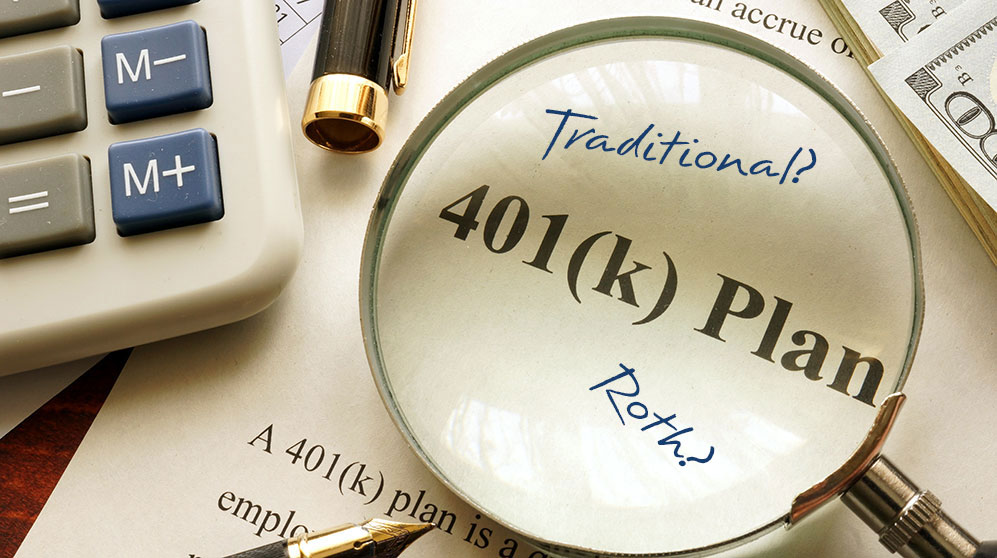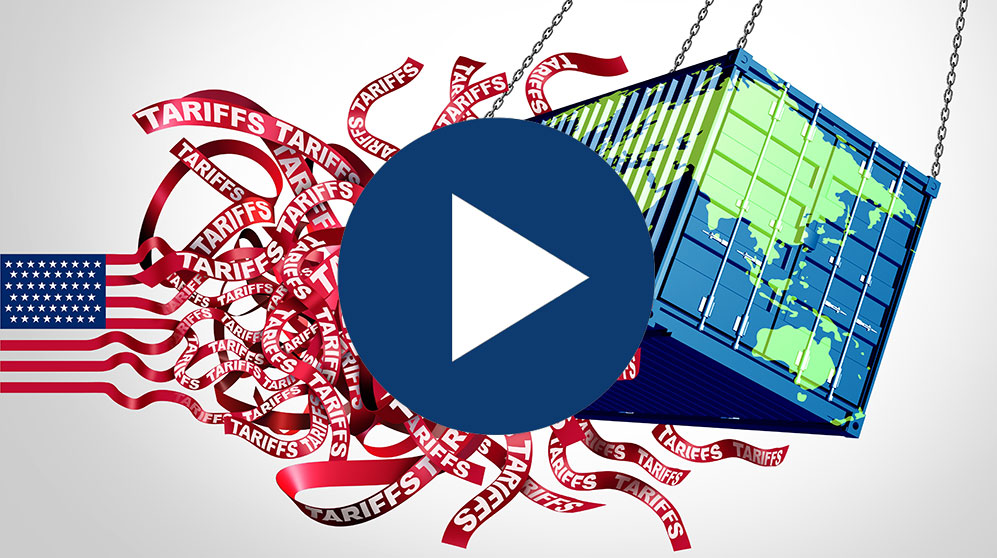If Things Are So Good, Why Does It Feel Bad?
• 3 min read
- Brief: Global Economy

Get the Latest Research & Insights
Sign up to receive an email summary of new articles posted to AMG Research & Insights.

You can’t tune into mainstream news media these days without hearing about the U.S. economy’s terrific resilience and then, often in the same report, learn that many Americans reject that notion, believing instead that the economy is in trouble.
So, who’s right? As it turns out, both are, but not to the extent the media often portrays.
First, consider the economy’s resilience:
- To tame inflation, the Federal Reserve (Fed) raised the target range for the federal funds rate (its short-term policy rate) by 5.25 percentage points between early 2022 and mid-2023.
- Yet, since mid-2023, economic growth has on average been quite strong, with real GDP registering annualized growth of 3.2%. That is well above almost all expert estimates of the trend growth of potential total economic output, which now cluster close to 2%.
- Unsurprisingly, strong economic growth has been accompanied by strong demand for labor. The unemployment rate was 4% in May, only 0.6 percentage points above its half-century low point, while the growth in nonfarm payrolls, which averaged a robust 248,000 during the first five months of 2024, showed an advance of 272,000.
- Furthermore, inflation, which topped out with a 12-month increase in the Consumer Price Index (CPI) of 9.1% in June 2022, fell to 3.3% in May 2024. Even more encouraging, the annualized CPI increase over the last three months was only 2.1%.
The economy looks resilient, for sure, but many Americans see it through a darker economic lens:
- Although growth has been strong, it has been losing strength since mid-2023 as annualized quarterly growth of real GDP has decelerated from 4.9% to 1.3% in the first quarter of 2024.
- Inflation may be cooling, but consumers see that prices remain high in comparison to a year or two ago. For example, the price index for beef fell 0.3% in May but is still about 6% more expensive than one year ago.
- High interest rates have put the kibosh on many folks’ home ownership as the mortgage payment of principal and interest has gone up roughly 40% since early 2022. The Fed’s June 12 decision to maintain the current policy rate implies home affordability will remain an issue for some time to come.
- Higher prices and the depletion of excess savings that resulted from government largess during the COVID-19 pandemic has reduced personal savings by nearly 50% compared to pre-pandemic rates. Credit card debt has been growing at just shy of a double-digit percentage rate, while payment delinquencies are near a 13-year high.
- Demand for labor is still elevated, but it is gradually waning. The number of unfilled job openings, for example, has fallen by 1.8 million over the last 12 months. Workers have taken notice. A sliding quits rate indicates that perceived job security is ebbing.
HOW AMG CAN HELP
Not a client? Find out more about AMG’s Personal Financial Management (PFM) or to book a free consultation call 303-486-1475 or email us the best day and time to reach you.
This information is for general information use only. It is not tailored to any specific situation, is not intended to be investment, tax, financial, legal, or other advice and should not be relied on as such. AMG’s opinions are subject to change without notice, and this report may not be updated to reflect changes in opinion. Forecasts, estimates, and certain other information contained herein are based on proprietary research and should not be considered investment advice or a recommendation to buy, sell or hold any particular security, strategy, or investment product.
Get the latest in Research & Insights
Sign up to receive a weekly email summary of new articles posted to AMG Research & Insights.




